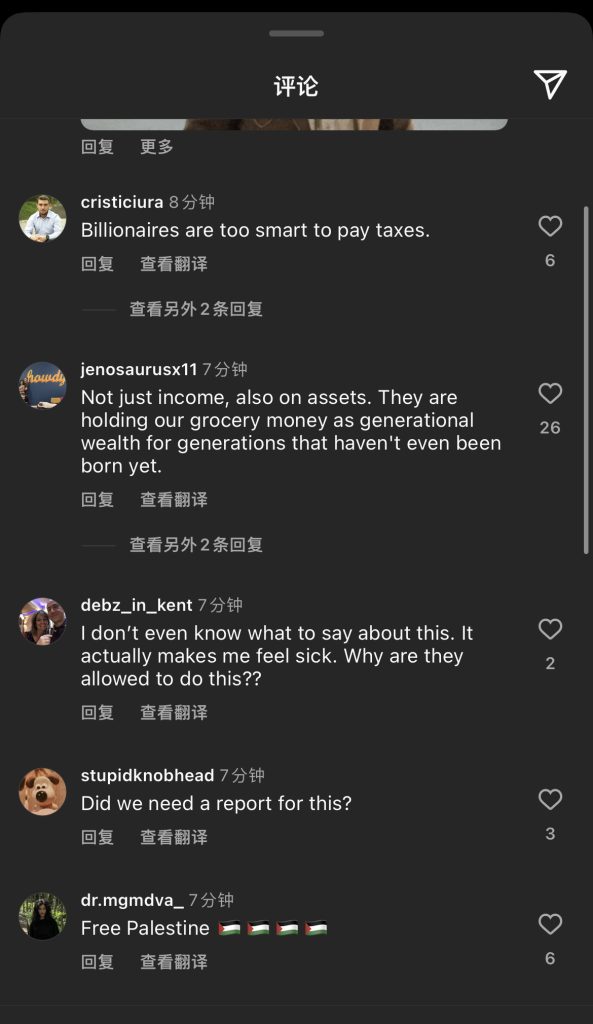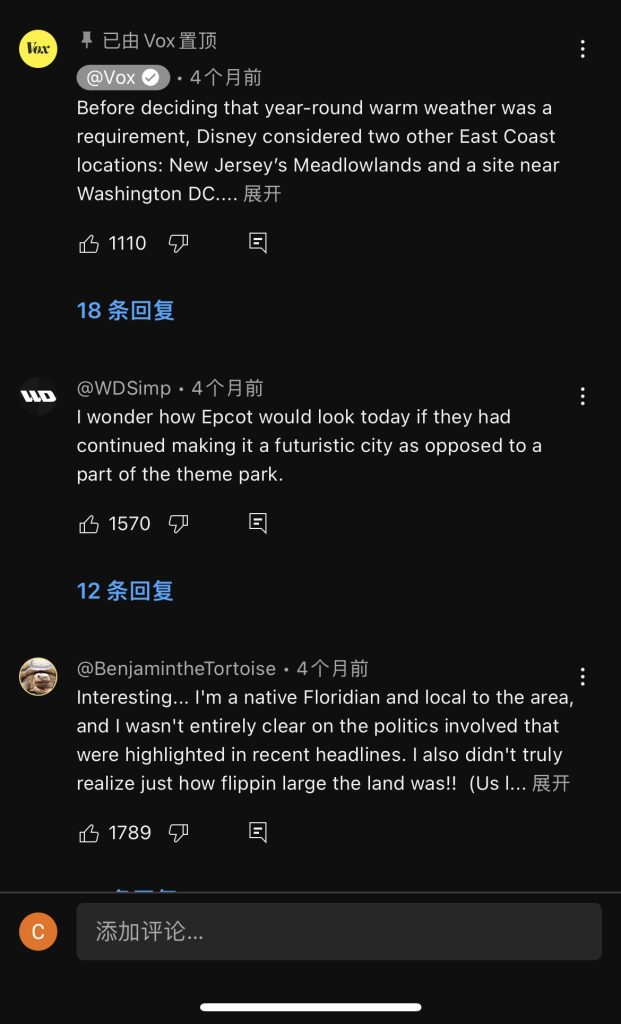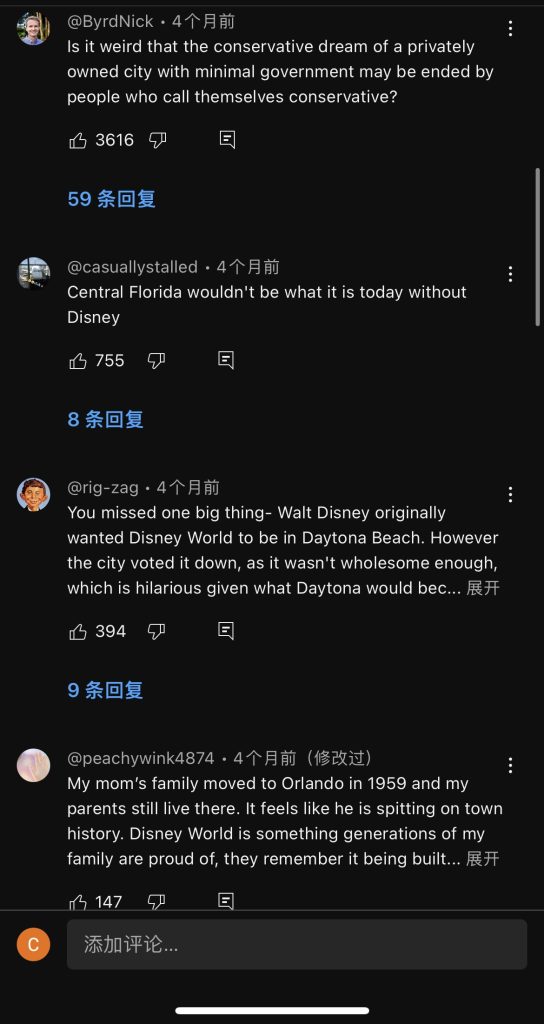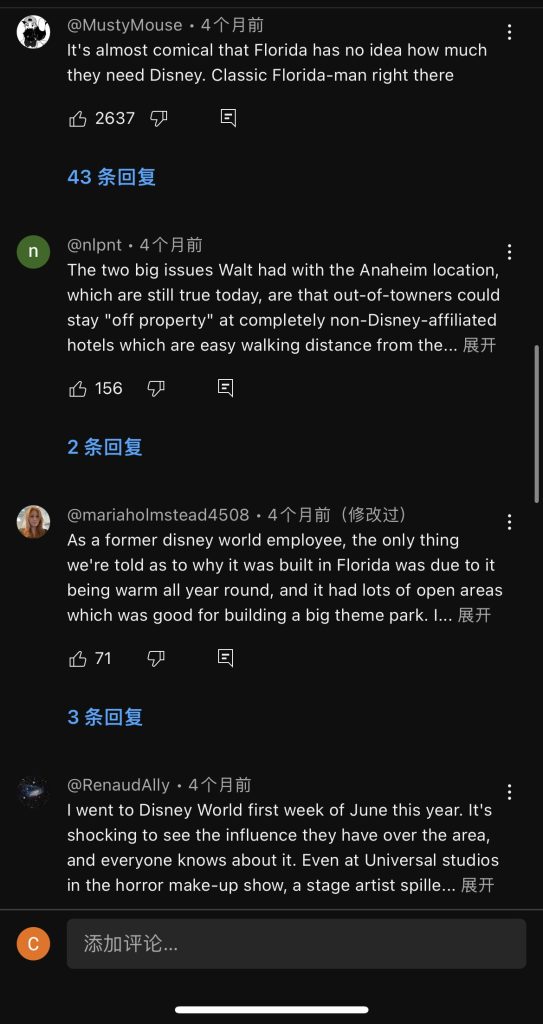What is the ‘Two Step Flow theory’?

The two-step flow theory refers to a type of communication in which the message travels from the medium to the opinion leader to the audience. Lazarsfeld, Berelson, and Gau-det’s study of voter decision-making in the 1940 presidential campaign developed the “two-step flow hypothesis,” which was initially stated simply and concisely as follows: “Ideas tend to flow from the radio and the press to the opinion leaders, and from them to the less active.” The two-step flow hypothesis was initially developed in the context of a study of voter decision-making in the 1940 presidential campaign. [1]
From Two Step Flow theory to Multi-Step Flow theory
The multi-step flow theory was developed from the two-step flow theory and is a modification and addition to the two-step flow theory perspective. This multi-step mass communication model was proposed by sociologist Paul Lazarsfeld in 1944 and continued by Elihu Katz and Lazarsfel in 1955. [2] The model states that the media delivers information to the public through very complex interactions. The media can disseminate information directly to the public through a variety of communication methods, either through opinion leaders or through interconnected contexts.
My example

The multi-stage flow mode(Anu, T.A., 2022. The Effect of Mass Communications on Individuals: “One Step Flow, Two Steps Flow, and Multi Steps Flow” P54)

Under the development of new media, “opinion leaders” have been impacted by the interactivity of network communication, and the plurality of “opinions” and the equality of communication have made the concept of “opinion leaders” blurred. The concept of “opinion leader” is blurred by the diversity of “opinions” and equality of exchanges. For example, on social apps such as Instagram and Weibo, users can participate in certain newsgroups according to their own interests. Users are both recipients and publishers of information, and they can hide their real identities to publish information or express their opinions. The Internet allows more users to become secondary receivers of information, omitting the “opinion leader” in the process, as in step 1b of the figure, where the media directly disseminates information to the public.
The bloggers or celebrities on the network as “opinion leaders” under the network communication media, they are generally active participants in network communication, the information is firstly passed to these influential celebrities on the network (step 1a in the figure), and then they through the network communication of the event of their own understanding or views again to Internet users (step 2 in the figure), at this time, Internet users see the posts made by Internet celebrities through social media and receive the information, they can express their own opinions on social media or comment under the posts of Internet celebrities, and this information can also be seen by Internet celebrities, and once again, it is transmitted to ‘opinion leaders’ (step 3 in the figure).
Using the above YouTube video as an example, the video creator uses mass media to get information about Disneyland and then combines his or her own views to make a video that is posted on YouTube and distributed to users on the web.
After watching the video, these users re-delivered the message by commenting in the comments section of the video.

the comments about the video 

REFERENCE
[1] Bostian, L.R., 1970. The two-step flow theory: cross-cultural implications. Journalism Quarterly, 47(1), pp.109-117.
[2] Anu, T.A., 2022. The Effect of Mass Communications on Individuals:“One Step Flow, Two Steps Flow, and Multi Steps Flow. Journal of Social Political Communication And Culture, 1(1), pp.45-56.


I like the style of your blog, it is very lively, both the youtube videos and the screenshots in the comments section are very interesting. The explanation of the two theories is also very clear and easy to understand..
I strongly agree with your point of view – the concept of “opinion leader” has become blurred due to the diversity of opinions and the equality of communication. You mentioned that in software such as ins, people can more intuitively obtain various viewpoints, and there are more channels for people to access media information, while the role of opinion leaders is gradually weakening. This viewpoint coincides with the viewpoint in my blog. In today’s era, people can upload comments and express their opinions on events on various social media platforms. Some good opinions may earn a lot of likes. Therefore, everyone can become an opinion leader, and opinion leaders no longer require high barriers or so-called high intelligence or education. Your colleague mentioned the comment section on YouTube, where people can extensively discuss Disney videos, which confirms your point of view. Personally, I really like this example. Overall, I think this blog effectively reveals the relationship between Muti Step Media and Two Step Flow theory. At the same time, it also clearly explained the reasons for the outdated Two Step Flow theory and cited examples to demonstrate your viewpoint.
Hi, Chenyi
Your insightful essay perfectly encapsulates the evolution of communication theory from a “two-step flow” to a “multi-step flow,” capturing the differences in information dissemination in the contemporary digital age. Compellingly, you mention the foundational concepts developed by Lazarsfeld and his colleagues, and how they have expanded to encompass the intricate web of interactions in today’s media environment.
Their example of the relationship between the media, opinion leaders and the general public on platforms such as Instagram was spot on. It emphasises how barriers to information have been dismantled, which has led to a more democratic form of information exchange where everyone has the potential to be an influencer.
In addition, the interactivity mentioned in the blog post marks a major shift. Individuals are no longer just passive recipients of information, they have become part of this and are able to redirect and shape the flow of information. The feedback loops formed through comments and social media engagement are an important aspect of the multi-step flow theory, which you illustrate well.
After reading your blog, I understand part of the two-step flow theory, I’m going to look up some more about it on the internet to learn more about it